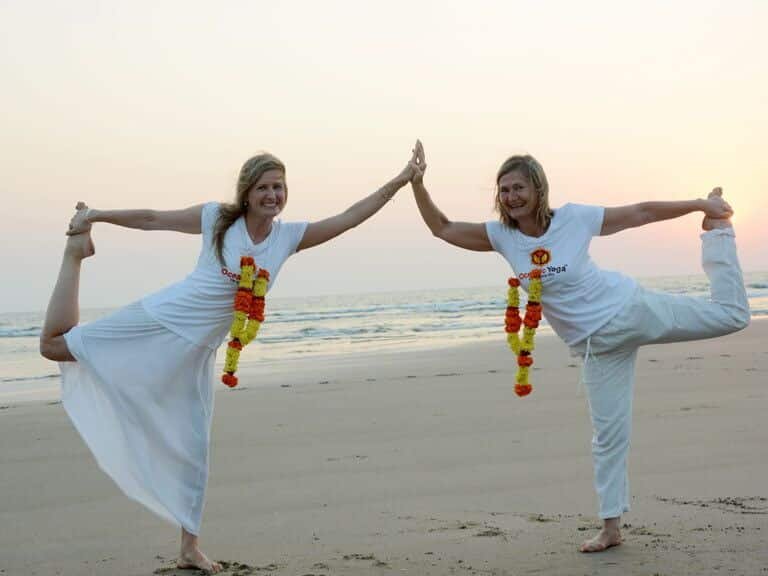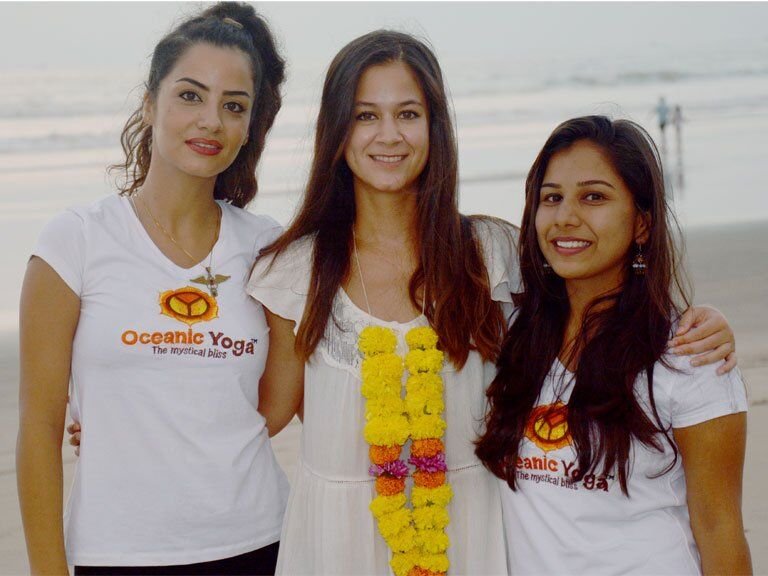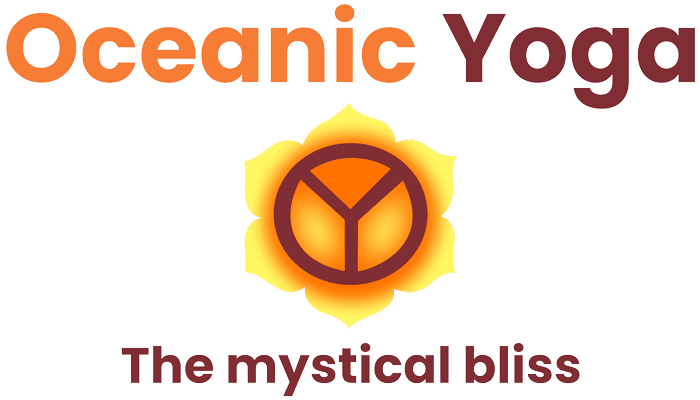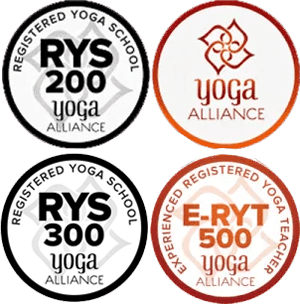Traditional & scientific views on Asana
Traditional References
- Patanjali
-
- sthira sukham asanam
- Prayatna shaithailyam anant samapattibhyam
- Hathayoga
-
- Hathapradipika- Kuryat asanam stheiryam arogyam changalaghavam
- Gherand samhita- Asanena bhaveta drudhata
Difference of Asana and Physical exercise
Physical exercise
- Rapid , jerky movements. (kinetic)
- Heart rate- get increased
- Breathing becomes faster
- Metabolic rate is increased.
- More energy expenditure.
- Concentration towards the movement or outside object.
Asana- scientific definition
- Maintaining the posture (static)
- Heart rate remains at the rest.
- Breathing remains as usual or later on slows down.
- Metabolic rate slows down .
- Less energy expenditure. (asana itself is a rest)
- Concentration towards inner side.
Asana- scientific definition
- To train the mind through postural discipline.
- To keep body stable consciously in specific posture with comfort .
- Adaptation and maintaining specific posture through skillful , gentle movements which produces physical, psychophysiological and spiritual benefits.

Stages of Development
| Effort | Pain /discomfort(unbearable) | Unstable |
|---|---|---|
| Effort | Pain /discomfort. (Bearable) | Stable for some time |
| Effortlessness | Pleasure | Stable for a long time |
Principle and prerequisite for Aasan
- One can practice asana 3-4 hrs after- solid food, 1 hrs after- liquid or juices and ½ hr after- water.
- Advance asana should always be performed with clear bowel.
- Avoid any kind of jerky movement or outside pressure which may lead to injury.
- During asana wear loose and comfortable cloth very much necessary for energy flow.
- In acute disease or any abnormal pain avoid asana.
- Female should not practice any advance asana during 3 days menstrual period.
- During pregnancy any asana which increase abdominal pressure must be avoided
Before taking particular pursuit of asana one should be clear with objective. - Asana should be performed in very slow and rhythmatic manner
One should avoid practice asana in too much cold or hot. - Too much effort should be avoided

Asana as co-ordination
- Musculoskeletal co-ordination.
- Neuromuscular co-ordination.
- Cortico-cerebellar and corticolimbic co-ordination.
Benefit of the Asana
- Improves qualities of muscles- elasticity, endurance, length,
- Improves the flexibility of joints. (range of motion)
- Proper nourishment of the bone, cartilage, ligaments and bone marrow.
- Massage to the intra-abdominal organs.
- Improves digestion (by improving peristalsis and glandular secretions. )
- Stabilizes the metabolic rate. / helps to eliminate metabolic toxins.
- Improves the efficiency of respiratory organs. (muscles, bony cage, diaphragm, lungs)
- Nourishes the sense organs.
- Decreases the effects of stress (which appears on the body)
- Enhances parasympathetic tone.
Psychological effect of asana
- Peace
- Calmness
- Non- reactiveness
- Change in habits
Benefits in day to day life
- Diminished unnecessary body movements in rest.
- Improvement in the body language.
- Habit to sit in standard posture./ postural awareness.
- Easiness in all movements.
- Decreased symptoms of fatigue and lethargy.
- Discipline and regularity in daily activities.
Spiritual effect
- Stable body does not allow the thoughts to reflect on it. This leads to weakening of thoughts.
- Centralization and channelization of the vital energy through proper musculoskeletal work in the specific posture.
Difference between effort and effortlessness
| Effort | Effortlessness |
|---|---|
| Significant muscular activity. (contraction) | Very less muscular activity. |
| Respiratory interference. | No respiratory interference. |
| Difficult balance. | Very easy balance. |
| Stability for limited time. | Stability for longer time. |
| Feel to withdrawal the posture. | Feel to remain in that posture. |
| Sensation of stretch and pressure. | Very negligible sensation of stretch and pressure. |
| Concentration towards body sensations | Concentration towards the subtle things. |
Type of asana
| Relaxative | Meditative | Cultural |
|---|---|---|
| Very less muscular work. (very less stretching and contraction. | Less muscular work. (less stretch and contraction) | Comparatively more muscular work. (significant stretch and contraction) |
| Effective in fatigue or exhaustion. | More effective after relieve of the fatigue. | Can do only after relieve of the fatigue. |
| More surface of body is on the ground. | Less surface of body is on the ground. | Comparatively very less surface of body is on the ground. |
| Breathing is easy but not complete. | Breathing is easy and complete. | Breathing is as usual or somehow restricted. |
| Aim is relaxation of body and mind. | Aim is to improve and maintain alertness. | Aim is to improve the physical quality and prepare body –mind for pranayama and meditation. |
| Spine remains in its normal curvature with support of floor. | Spine remains in normal curvature without support. | Spine- flexed, extended, twisted , bended. |



